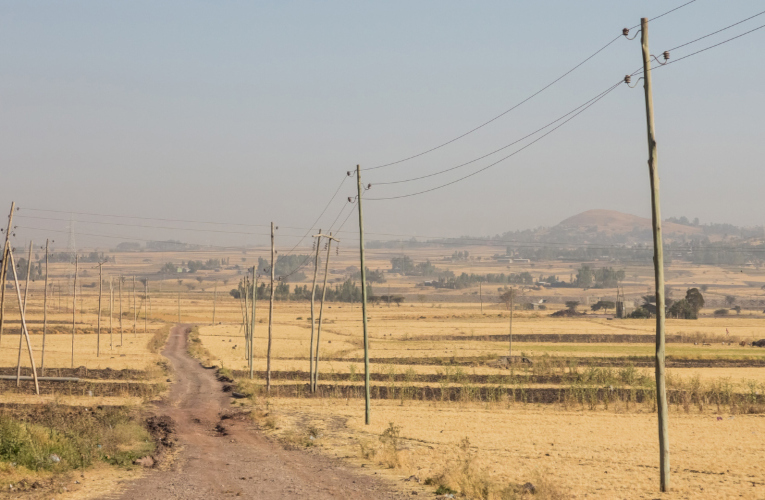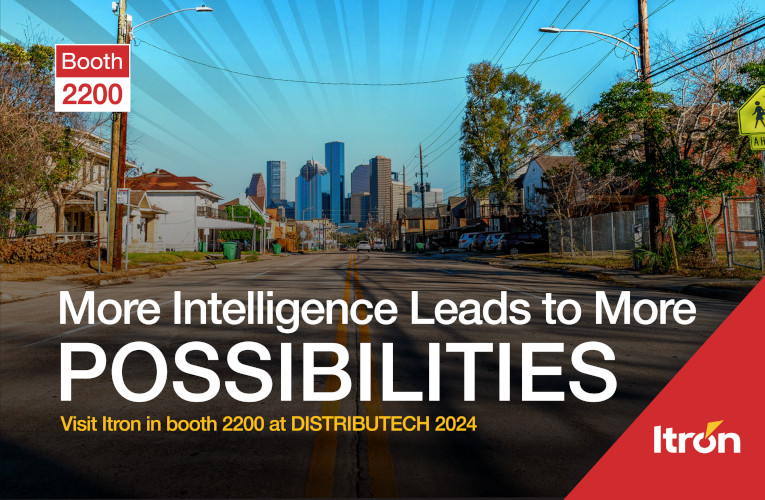
Industry Insights
Centering Community Voices in the Energy Transition
Public input continues to be a priority for regulators as utilities seek assistance through initiatives like the Infrastructure Investment and Jobs Act (IIJA). Legislation mandating stakeholder involvement is becoming increasingly prevalent across the United States and presents a significant opportunity for utilities and cities to better engage the general public in their plans to upgrade infrastructure, increase safety and improve quality of life for their communities. As the transition to renewable energy accelerates, regulators are looking for award recipients to ensure everyone can have an equitable part in solving and benefiting from the complex challenges the industry is working to solve.
Despite the complexities that can come with expanded community engagement and input, it’s critical for utilities across the country to actively strengthen relationships with community leaders and their customers to better understand the unique challenges and considerations their communities face as the energy transition forges ahead. As our communities experience an influx of electric vehicles and other distributed energy resources, there is tremendous opportunity to create more collaborative, inclusive and connected communities of the future.
In this blog of Itron’s IIJA series, we’re discussing the importance of stakeholder engagement, actionable steps utilities can take and the role Itron can play in the process. Check out the additional blogs in our IIJA series here and keep reading for valuable insights to inform your utility’s application for IIJA funding.
Community-Based Plans: What are they and why do they matter?
A comprehensive outline of community engagement activities and stakeholder input processes is required in every application for IIJA. This documentation has been defined by the Department of Energy as a community-based plan (CBP). CBPs are based on a set of four core policy priorities:
- Engaging communities and labor;
- Investing in America’s workers through quality jobs;
- Advancing diversity, equity, inclusion and accessibility through recruitment and training; and
- Implementing Justice40, which directs 40% of the overall benefits of certain Federal investments to flow to disadvantaged communities.
According to the DOE, these fundamental principles are in place to promote equitable and widespread adoption in the shift to renewable energy. CBPs are deliberately designed to be adaptable, allowing for a compilation of the most effective strategies from the primary applicant, i.e. a utility, along with all participating stakeholders. It’s important for plans to be detailed, actionable and quantifiable as they typically account for 20 percent of the proposal evaluation. It is also critical to articulate the community feedback in your grant application, which can be a key differentiator in project scoring and determine if it receives a grant. For grant applications focused on the deployment of clean energy infrastructure, this percentage is divided equally into four parts: success of the project, efficient allocation of taxpayer money, prompt execution of the project and enhancement of private sector engagement in initiatives funded by the Bipartisan Infrastructure Law (BIL) and the Inflation Reduction Act (IRA).
To develop a robust CBP, foster mutually beneficial community relationships and obtain stakeholder input, here are a few key steps your utility should consider:
Start by identifying disadvantaged communities in your
utility’s service area.
As discussed in our previous Justice40 blog, a community
qualifies as disadvantaged if the census district is above the
threshold for one or more environmental or climate indicators in
addition to socioeconomic indicators including but not limited to low
income, high rent burden, members or groups that have historically
experienced discrimination on the basis of race or ethnicity, etc.3
Utility companies have access to essential data for populations in
their service area, which positions them to ensure that these
communities are positively impacted by the shift to renewable energy.
Identify the federal climate and economic indicators for your specific
area using the tool here.
Ensure your outreach is accessible to the audiences you’re
trying to reach.
While the measurable criteria of these communities is available
by state, a more substantial effort is needed to understand their
specific challenges. It’s critical for outreach to be conducted in a
community's preferred language and in a way that is digestible and
straightforward. Employing an outreach coordinator who resides within
your service area and has demonstrated experience in connecting with
the local community is one way to approach this. Outreach coordinators
can help facilitate positive interactions and successful communication
between utilities and their local communities.
Collaborate with local organizations.
The sole act of inviting communities to provide input during the
planning process isn’t enough. Effective community engagement requires
continued collaboration to develop and execute initiatives that evenly
spread advantages among those communities. Community organizations,
such as non-profits, colleges, school districts, metropolitan planning
organizations (MPOs), transit districts, etc., make great partners for
utilities that are taking on this work, as they are already on the
ground and actively implementing outreach within their communities.
Establish a reporting framework.
A well-structured reporting framework is essential. After funding
is awarded, the governing agency will require a thoughtful and
detailed reporting plan to lend visibility and transparency into the
project's implementation. Articulating a framework that incorporates
feedback and strategies from each stakeholder is critical in the grant
application. It also gives you a head start in the negotiation phase
and execution of the grant award. Below is an example of the benefits
metrics from the Department of Energy.
How Itron Can Help
Collaboration between utilities and their key stakeholders on
IIJA program application and deployment can result in quicker roll
outs, reduced project costs and maximized outcomes. With our seasoned
expertise, Itron can help your utility connect with the local
community and make the most of IIJA funding while supporting the
facilitation and buy-in process along the way. To learn more about
proven Itron solutions and technologies that are compatible with IIJA
funding, improve quality of life and reduce carbon emissions, check
out the most recent blogs in our IIJA series: IIJA and Justice40:
Empowering Utilities to Invest in Communities and Key Drivers of the Energy
Transition? Utilities, MPOs and IIJA Funding.
For more information about Itron solutions and IIJA, stop by Itron booth 2200 at DISTRIBUTECH 2024 from Feb. 27-19 in Orlando, FL or reach out to Dave Stensland, business development director, IIJA.
Related Articles
HTML Example
A paragraph is a self-contained unit of a discourse in writing dealing with a particular point or idea. Paragraphs are usually an expected part of formal writing, used to organize longer prose.





